PDF chapter test TRY NOW
Circuit diagram:
A simple circuit is constructed where the bulb glows when the switch is turned 'ON', and when the switch is turned 'OFF', the bulb stops glowing. The circuit arrangement can be drawn using the symbols of electric components. An electric circuit is generally represented by a circuit diagram to make it simple.
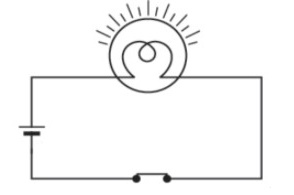
Circuit diagram showing the switch in ON state
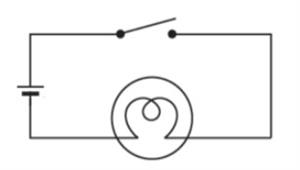
Circuit diagram showing the switch in OFF state
The symbols of the cell, switch, and a lamp or bulb can be drawn anywhere in the circuit.
Electricity inside a bulb:
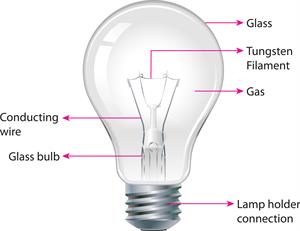
Parts of a light bulb
When the tip of the base of the bulb is in contact with the positive terminal of the cell, the bulb glows. When the bulb is taken away from the terminal of the electric cell, the bulb does not glow. A bulb becomes fused if there is a break in the filament of an electric bulb. Due to the break in the path of the current, the fused bulb does not glow.
Important!
One should never experiment with the electric mains or the power supply as it leads to shock. Carelessness while handling electric circuit may create accident and could be dangerous.
NOTE: Thomas Alva Edison invented electric bulbs. He has invented around \(1300\) products which includes gramophone, the motion picture camera and the carbon transmitter.
Heating effect in the bulb:
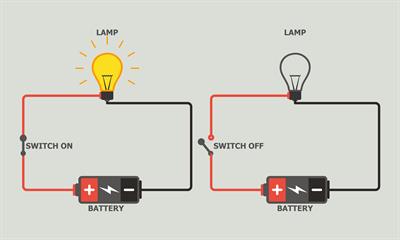
Switch in ON and OFF state
After a minute of glowing, some amount of heat is felt when the bulb is touched. Again when the switch is turned 'OFF', heat is not sensed in the bulb. Due to the continuous flow of electric supply, the bulb becomes very hot. That is why one should never touch an electric bulb when it is lighted.
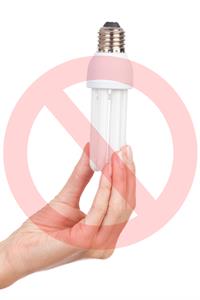
Never touch a lighted bulb
